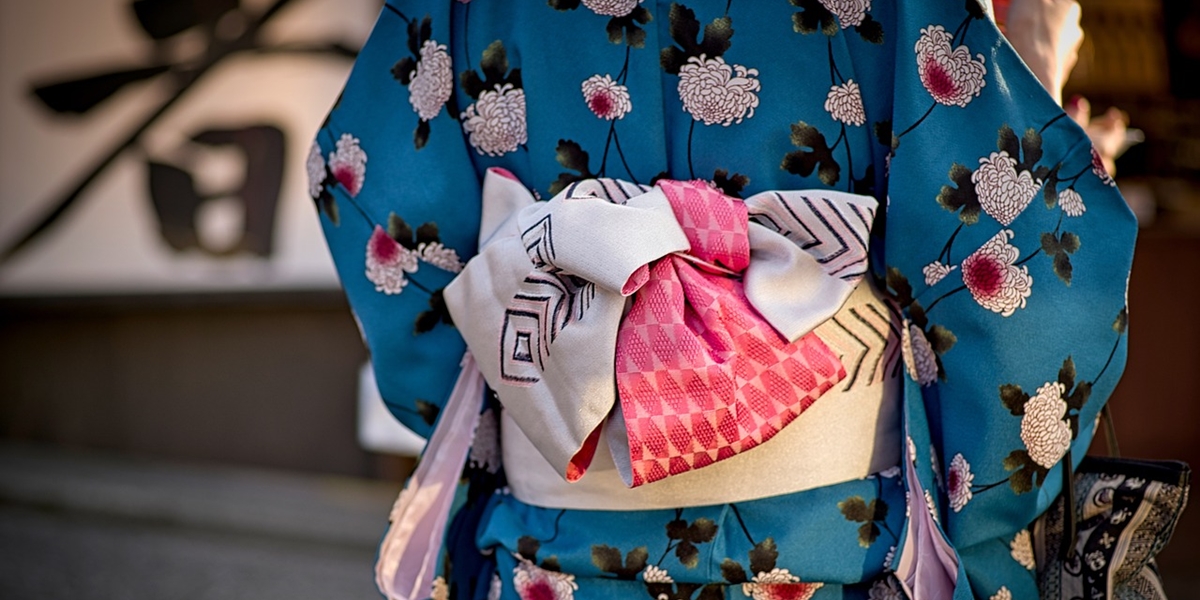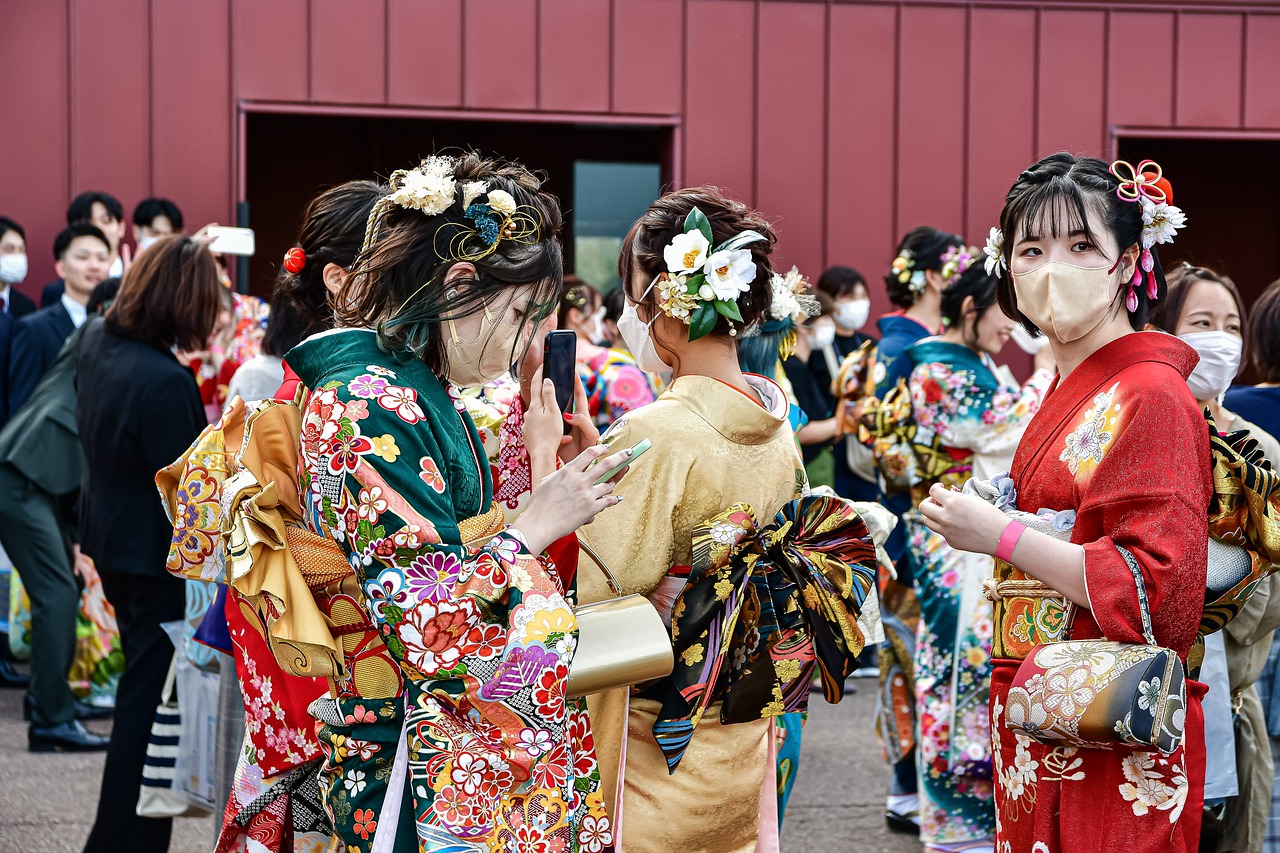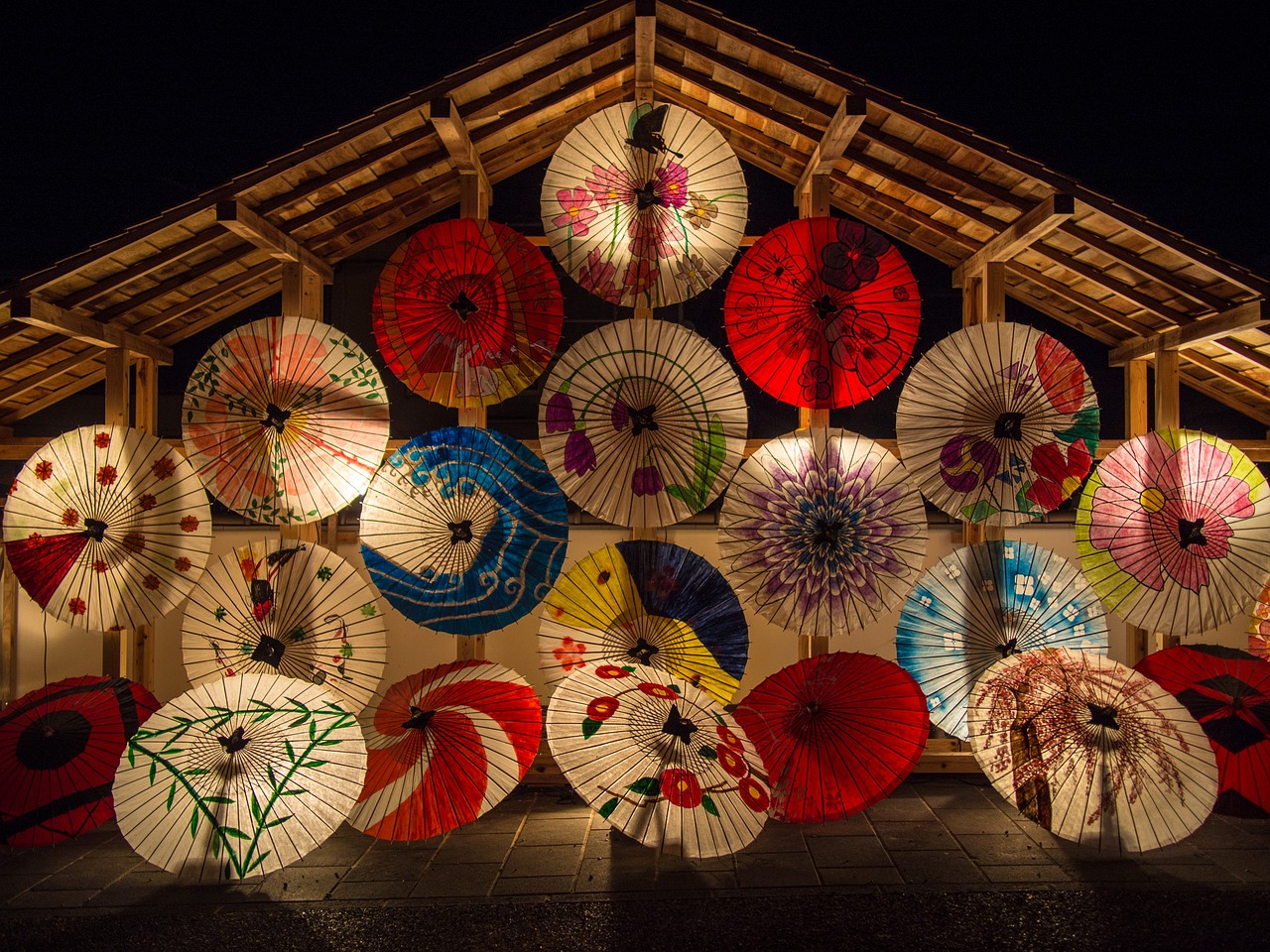60 Sweet Words in Japanese Touching for Couples - Parents and Friends
Sweet words spoken sincerely not only warm the heart of the recipient. Here is a list of sweet words in Japanese for couples, parents, and friends.

Kapanlagi.com - Colors play an important role in Japanese culture, not only as visual aesthetics but also as deep symbolism that permeates daily life. Colors in Japanese have special meanings that symbolize values, beliefs, and traditions.
From red symbolizing bravery to white representing purity, understanding the meanings of colors in Japanese provides deep insights into Japanese culture. This is suitable for Japanese culture enthusiasts or those who are learning Japanese.
And here is a list of colors in Japanese along with the meanings of some colors in Japanese culture in the daily lives of the Japanese people. Let's check it out, KLovers.

Illustration (credit: pixabay.com)
First, you need to know the list of colors in Japanese before understanding the meaning of colors in Japanese culture. Some colors are in the original Japanese language, while others are commonly used using English readings. Here is the list of colors in Japanese:
1. "Aka" = Red
2. "Ao" = Blue
3. "Kiiro" = Yellow
4. "Midori" = Green
5. "Kuro" = Black
6. "Shiro" = White
7. "Murasaki" = Purple
8. "Haiiro" = Gray
9. "Daidaiiro" = Orange
10. "Pinku" = Pink
11. "Chairo" = Brown
12. "Gure" = Gray
13. "Orenji" = Orange
14. "Buraun" = Brown
15. "Iero" = Yellow
16. "Usu-murasaki" = Lavender
17. "Ao-midori" = Blue-green (Turquoise)
18. "Ao-murasaki" = Blue-purple (Indigo)
19. "Daidai-ki" = Orange-yellow (Amber)
20. "Roku-sho" = Blue-green (Teal)
21. "Ai-iro" = Dark blue (Navy Blue)
22. "Kin" = Gold
23. "Gin" = Silver
24. "Seido-iro" = Copper
25. "Sango-iro" = Coral
26. "Sorairo" = Sky blue
27. "Kumoiro" = Cloud color
28. "Haihakushoku" = Light gray
29. "Akamigatta Chairo" = Reddish brown
30. "Kimigatta Midori" = Yellowish green
31. "Aomigatta Murasaki" = Bluish purple
32. "Kuromigatta Ao" - Blackish blue

Illustration (credit: pixabay.com)
Colors have deep meanings and symbolism in Japanese culture, and are often associated with traditions, beliefs, and Japanese art. The meanings of these colors can vary depending on the context.
However, they often have a profound influence on art, traditions, and daily life in Japan. Here are some common meanings of colors in Japanese culture:
1. Red (Aka)
In Japanese culture, this color symbolizes bravery, vitality, and luck. Usually, this color is often used in celebratory events such as weddings and festivals.
2. Blue (Ao)
In Japanese culture, this color symbolizes truth, calmness, and spiritual strength. Blue is the color of nature, symbolizing the ocean and the sky.
3. White (Shiro)
In Japanese culture, this color symbolizes purity, honesty, and simplicity. Usually, this color is used in religious rituals and traditional clothing such as kimono.
4. Green (Midori)
In Japanese culture, this color symbolizes fertility, freshness, and hope. Green represents nature and the flourishing spring season.
5. Black (Kuro)
In Japanese culture, this color symbolizes sadness, death, and grandeur. Usually, this color is often used in funeral ceremonies and in arts such as calligraphy.
6. Purple (Murasaki)
In Japanese culture, this color symbolizes wealth, luxury, and nobility. Usually this color is often associated with royalty and power.
7.Yellow (Kiiro)
This color in Japanese culture symbolizes happiness, cheerfulness, and joy. Additionally, this color represents the sun and luck in Japanese culture.
8.Orange (Daidaiiro)
Then, this color in Japanese culture symbolizes joy, enthusiasm, and luck. Usually, this color is often used in festival decorations and celebration ceremonies.
9.Brown (Chairo)
Next, this color in Japanese culture symbolizes tranquility, warmth, and simplicity. And in Japanese culture, this color is associated with tea and the tea drinking culture in Japan.
10. Gray (Haiiro)
This color in Japanese culture symbolizes tranquility, balance, and neutrality. Usually, this color is used in art, especially in sumi-e paintings (Japanese ink paintings).
11.Gold (Kin)
Then, this color in Japanese culture symbolizes wealth, glory, and luxury. Usually, this color is often associated with prosperity and luck.
12.Silver (Gin)
Then, this color in Japanese culture symbolizes beauty, purity, and luxury. Usually, this color is used in traditional Japanese jewelry and silver art.
13.Magenta (Akamurasaki)
This color in Japanese culture symbolizes bravery, strength, and spirit. Sometimes this color is associated with the bravery of samurai warriors.
14. Coral (Sango-iro)
In Japanese culture, this color symbolizes life, well-being, and protection. It is a color that is often used in traditional Japanese art and decoration.
That is the list of colors in the Japanese language that you can know. Not only the list of colors in the Japanese language, but also the meaning of some colors in Japanese society and culture.
(kpl/dhm)
Cobain For You Page (FYP) Yang kamu suka ada di sini,
lihat isinya
Sweet words spoken sincerely not only warm the heart of the recipient. Here is a list of sweet words in Japanese for couples, parents, and friends.
In the world of anime, there is quite a lot of interest in football. Here is a list of the latest anime about football that you shouldn't miss.
This story portrays the tension and bravery of British soldiers fighting against the massive attacks of the Zulu forces. Here is the complete synopsis of the movie ZULU along with the list of cast members and explanation of their characters.
For those of you who are curious about the story of the film BLADE: TRINITY. Here is the complete synopsis of the film BLADE: TRINITY along with a list of cast members and an explanation of their characters.
These 10 Korean dramas tell stories about women as leaders! Let's see what they are!
Inviting the audience into a world full of laughter and out-of-the-box stories, these are the recommendations for the latest funny Indonesian movies.
Korean detective dramas always manage to capture attention. Here is a list of the latest underrated Korean detective dramas that you shouldn't miss.
If you are a fan of Chinese dramas and interested in stories involving arranged marriages, here are 5 recommendations for Chinese marriage dramas worth watching:
Korean dramas often portray love stories set in schools experienced by teenage children. The twists and turns of love stories and life in them can make you feel both adorable and flashback to high school days.
There are many recommendations for Indonesian religious films that have achieved high ratings because of their exciting and interesting stories. Check out the best religious film recommendations below KLovers.
Interested in watching Japanese dramas about the struggles of life that are touching? If so, check out the following list of recommendations and brief reviews:
To find out more about the virtues and prayers for both parents, just check out the following review: